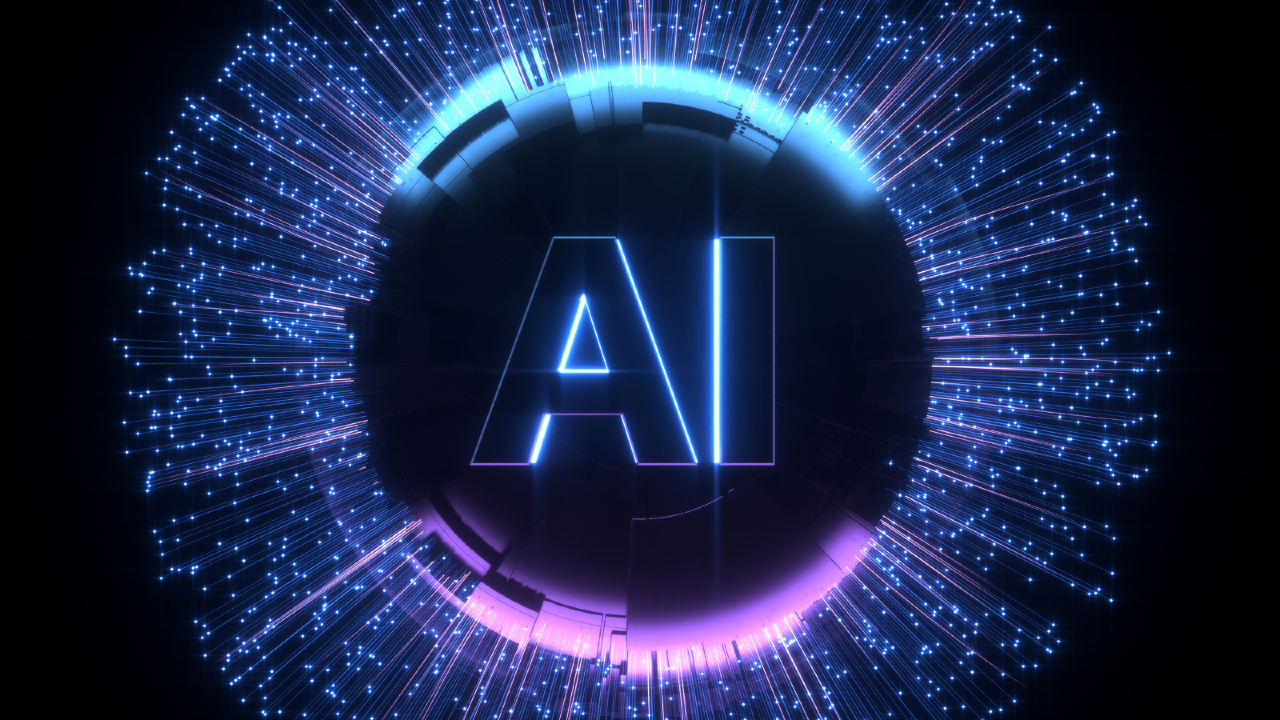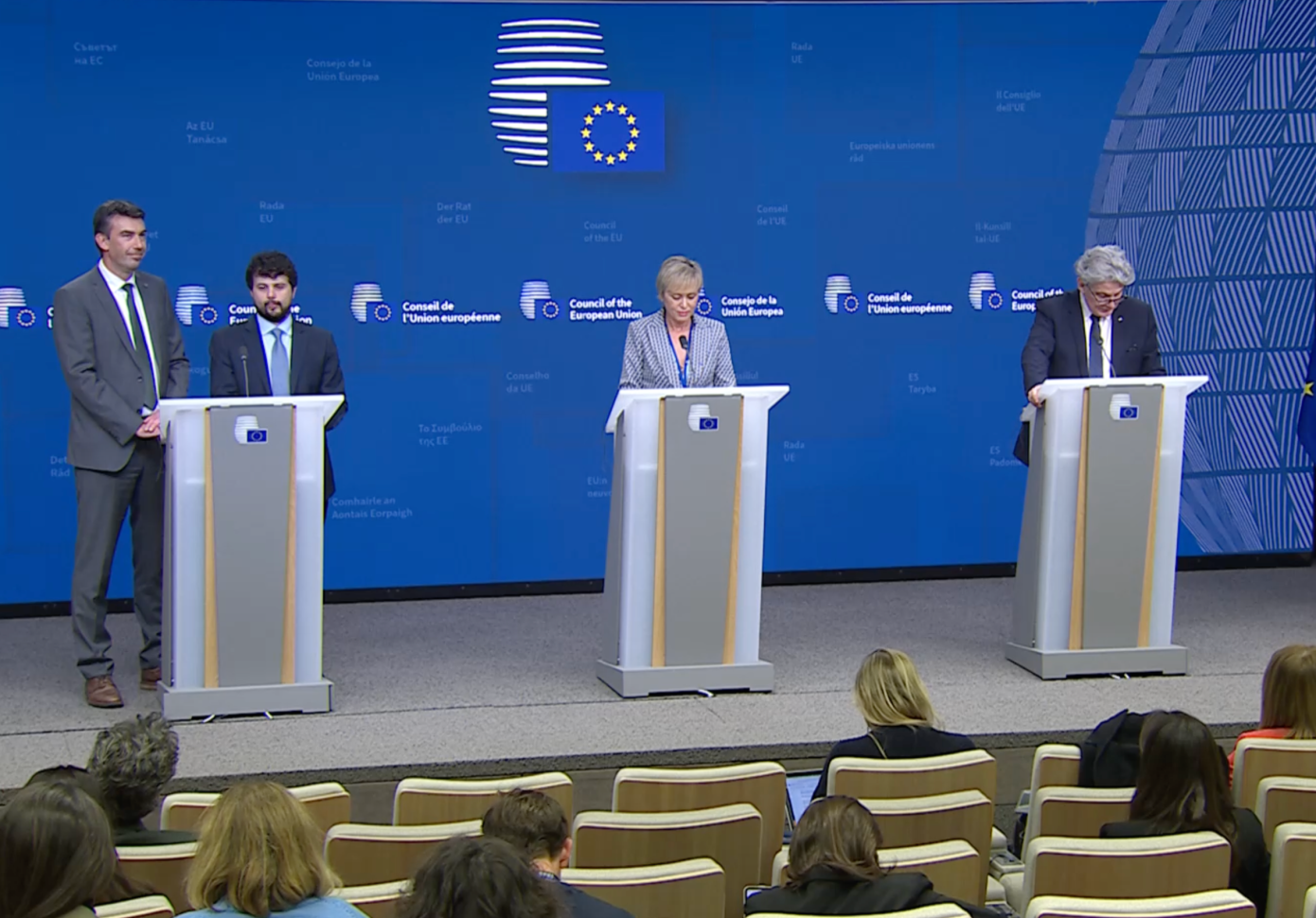European Union (EU) lawmakers reached a political agreement
Late on Friday, European Union (EU) lawmakers reached a political agreement on what they claim to be the world’s first comprehensive law for regulating artificial intelligence (AI). The deal grants the Commission the power to adapt the pan-EU AI rulebook to keep up with advancements in the field. Lawmakers chose the term “general-purpose AI” (GPAI) for regulating powerful models driving the current surge in generative AI tools. This term was selected with an eye on future-proofing the law, opting for a generic term to avoid tying classification to specific technologies like transformer-based machine learning.
During a technical briefing, a Commission official stated that the chosen term encompasses foundational models, citing GPT-4 as an example of a general-purpose AI model and ChatGPT as a general-purpose AI system incorporating GPT-4.
The agreed-upon EU AI Act introduces a two-tier system for regulating GPAIs based on risk levels. High-risk GPAIs, such as those behind generative AI tools like ChatGPT, will be subject to regulatory requirements to assess and mitigate systemic risks. The triggering threshold for high-risk rules is set at 10^25 floating point operations (FLOPs), although the Commission clarified that this is an initial threshold that can be updated over time.
The EU AI Act also includes a watermarking requirement for generative AI outputs produced by GPAIs. The obligation, originally focusing on transparency requirements for technologies like AI chatbots and deepfakes, will now apply generally to general-purpose AI systems. The watermarking technology is expected to evolve over time.
GPAI model makers must commit to respecting EU copyright rules, including compliance with the EU Copyright Directive’s provisions. Open source GPAIs are not exempt from copyright obligations.
The AI Office, a new expert oversight body within the Commission, will play a crucial role in setting risk classification thresholds for GPAIs. The Commission confirmed that the AI Office’s budget and headcount are yet to be defined, with decisions to be made in the future.
The EU AI Act, set to be fully in force around 2026, will undergo a phased compliance approach. GPAIs have 24 months before high-risk rules apply, and strictly prohibited use-cases of AI will be implemented within six months of the law entering into force.
While awaiting full regulation, the EU will push for GPAIs to adhere to codes of practice through the AI Pact. The list of strictly prohibited AI use-cases could be enforced as early as the second half of 2024, depending on final votes and potential opposition within the Council or Parliament. For a detailed list of banned AI uses, refer to our earlier post.









